Suzuki Motorcycle Greats
Suzuki has a reputation for motorcycles with plenty of clout and attitude. It wasn’t always this way, with the company making solid, dependable bikes from the 1950s to the 1970s. Then came the GSX-S1100 Katana in 1981 and, suddenly, Suzuki was the enfant terrible on two wheels.
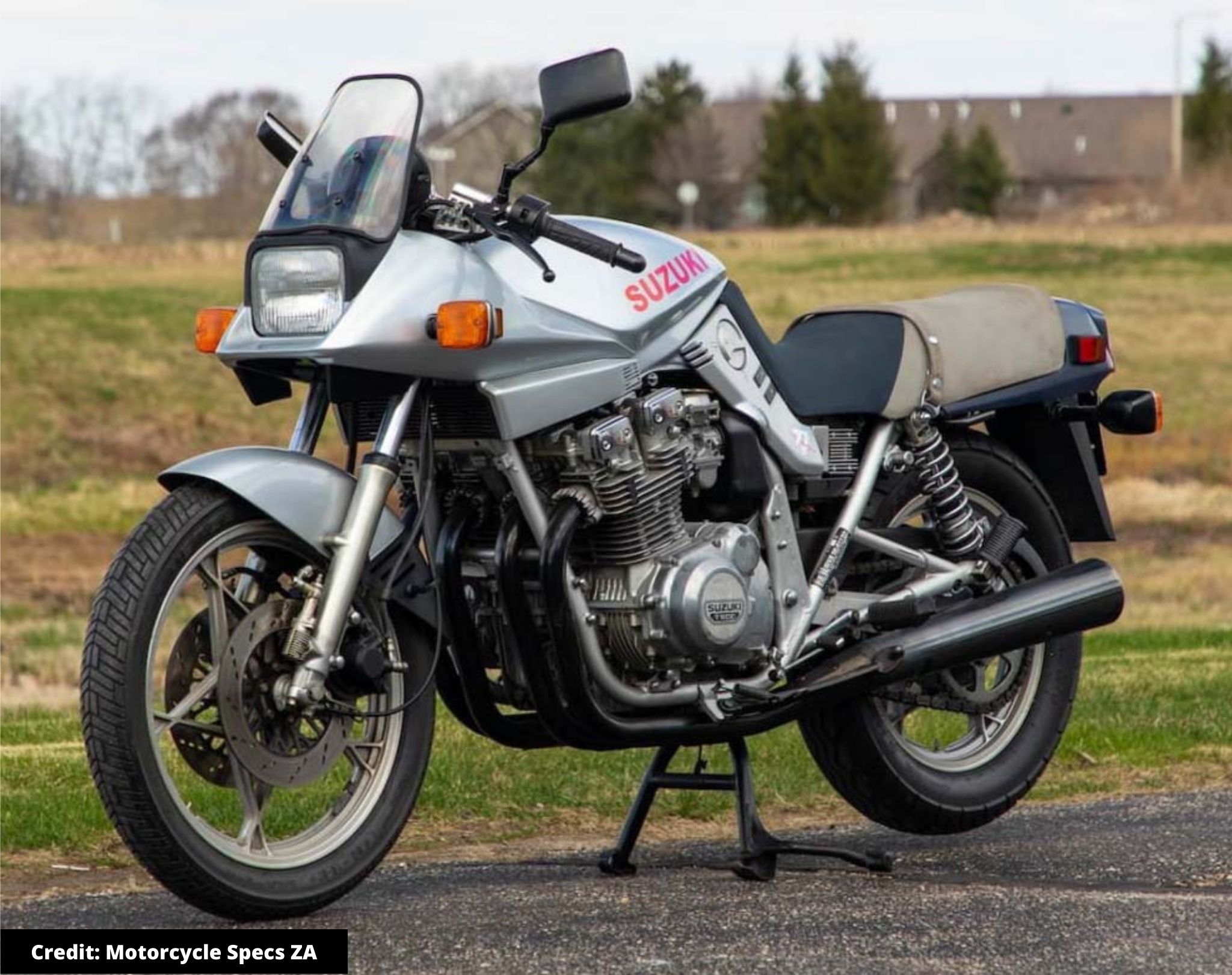
A number of elements marked out the Katana, starting with its radical looks that were just perfect at the dawning of a new decade. There had been a few production bikes before with fairings, but the Katana’s angular front with fully integrated headlight was like nothing that had been seen before. The bodywork flowed along the length of the bike, giving it a cohesive look that none had offered up to that point. This would have been enough to earmark a note in the history book of motorcycles, but Suzuki earned a full chapter thanks to the Katana’s other charms.
Prime among these was that 1,100cc inline four-cylinder engine. It might have been air-cooled, but it had 16 valves and growled out 110bhp to spell a 140mph top speed if your arms were strong enough to hang on. That top end was enough for Suzuki to claim the Katana as the world’s fastest production motorcycle, which garnered the company and its bike headlines around the world and put every other bike in the shade for a long time. Those claims were also backed up by magazine tests that saw Katanas hit as much as 147mph in standard trim. A legend was born and the Katana is a must-have for any Suzuki fan or serious collector.
It would have been easy for Suzuki to sit back and enjoy the plaudits the Katana earned, but the firm had other radical ideas up its sleeve. Come 1984 and Suzuki introduced the first of its GSX-R line. This was the 400cc model, which was a Japan-only model but showed what was to come in terms of styling and focused performance when the GSX-R750 was offered to the world in 1985.
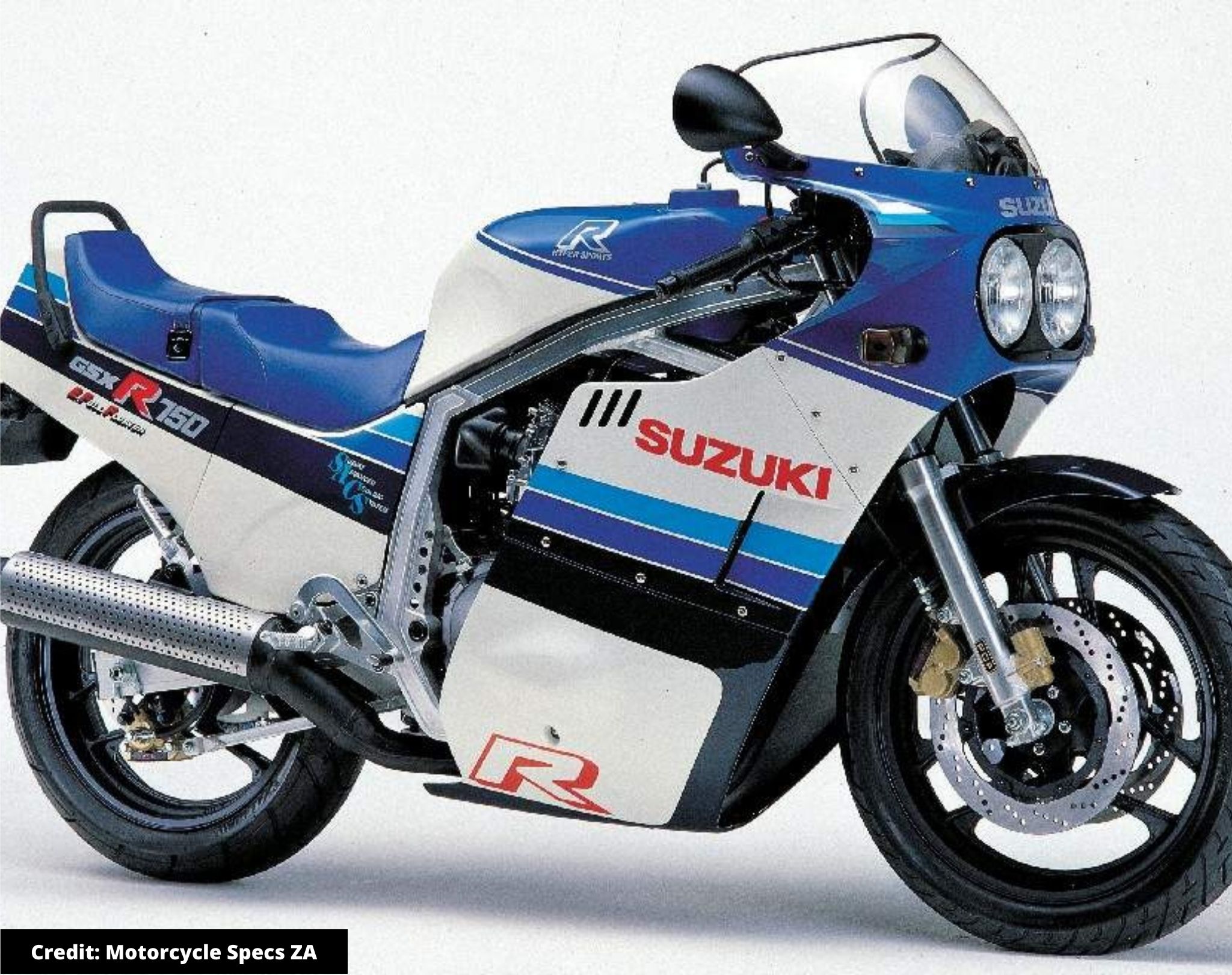
While the GSX-R1100 of 1986 is often the one many bike enthusiasts head for due to its hugely powerful engine – 130bhp in the mid-1980s in a road bike was simply mind-blowing. However, the 750 is the one that aficionados covet as it’s the scalpel to the 1100’s sledgehammer. It may have had a ‘mere’ 100bhp, but the 750 was a true race replica for the road because it pared weight to the minimum to get the best from its performance and handling. Tipping the scales at 180kg, the 750 was far lighter than its main rivals, and that four-cylinder motor had plenty of power spread across its rev band that peaked at 11,500rpm. The brakes and suspension were also up to the job, and the 750 motor didn’t ask too many awkward questions of the chassis whereas the 1100 could be a handful on twisty roads.
With a pair of big bore four-stroke motors setting the tone for Suzuki and its loyal customers, you could be forgiven for thinking it was done with two-strokes by the mid-1980s. Not so, thanks to Grand Prix racing sticking with the two-stoke formula, which led Suzuki to build its RG500 Gamma. It arrived in a hazy blaze of premix in 1985 and lasted for only two years in the sales chart with sales of around 9,000 bikes in total, which helped seal its place in Suzuki history.
Where some bikes claimed to be built with inspiration from GP models, the RG500 really was a race bike for the road. The square four design of the engine was pure racer and 95bhp was very healthy from a 500cc unit. Power arrived in a burst from 5,000rpm onwards, which made low speed riding a chore. But get the RG on a flowing back road and there was little to touch it thanks to its light weight, superb suspension, and essential rightness. No wonder it now sets jaws dropping among collectors.
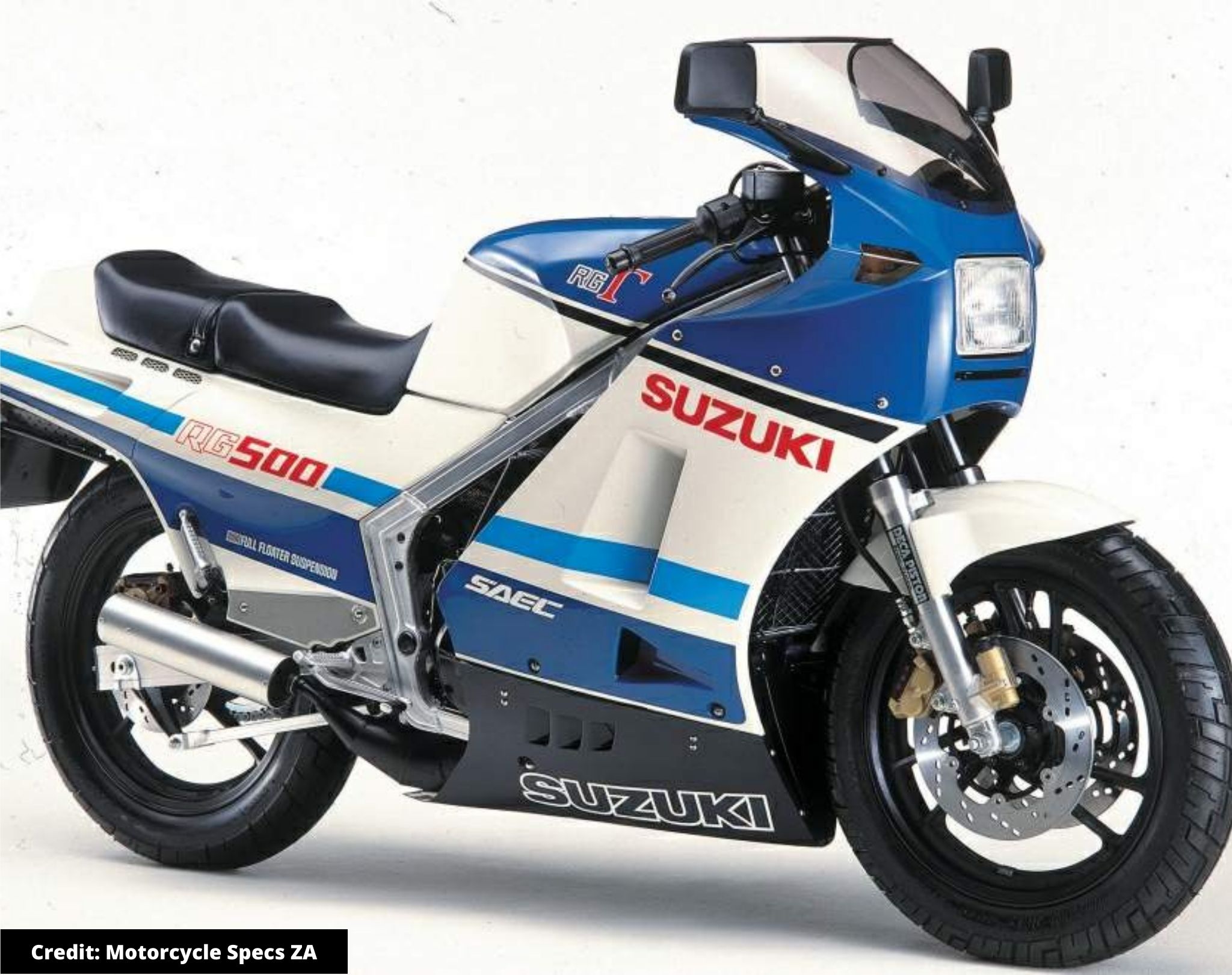
If you fancy a bit of Suzuki two-stroke frenzy in your life but can’t stretch to a Gamma, may we put forward the RGV250? It’s another race rep from Suzuki, which took a lot of its design and parts from the 250 Grand Prix bikes that were just one step down from the premier class. This meant a 62bhp 249cc parallel twin engine mounted in an alloy frame with plenty of exotic materials and not a lot of mass to give a weight of 128kg.
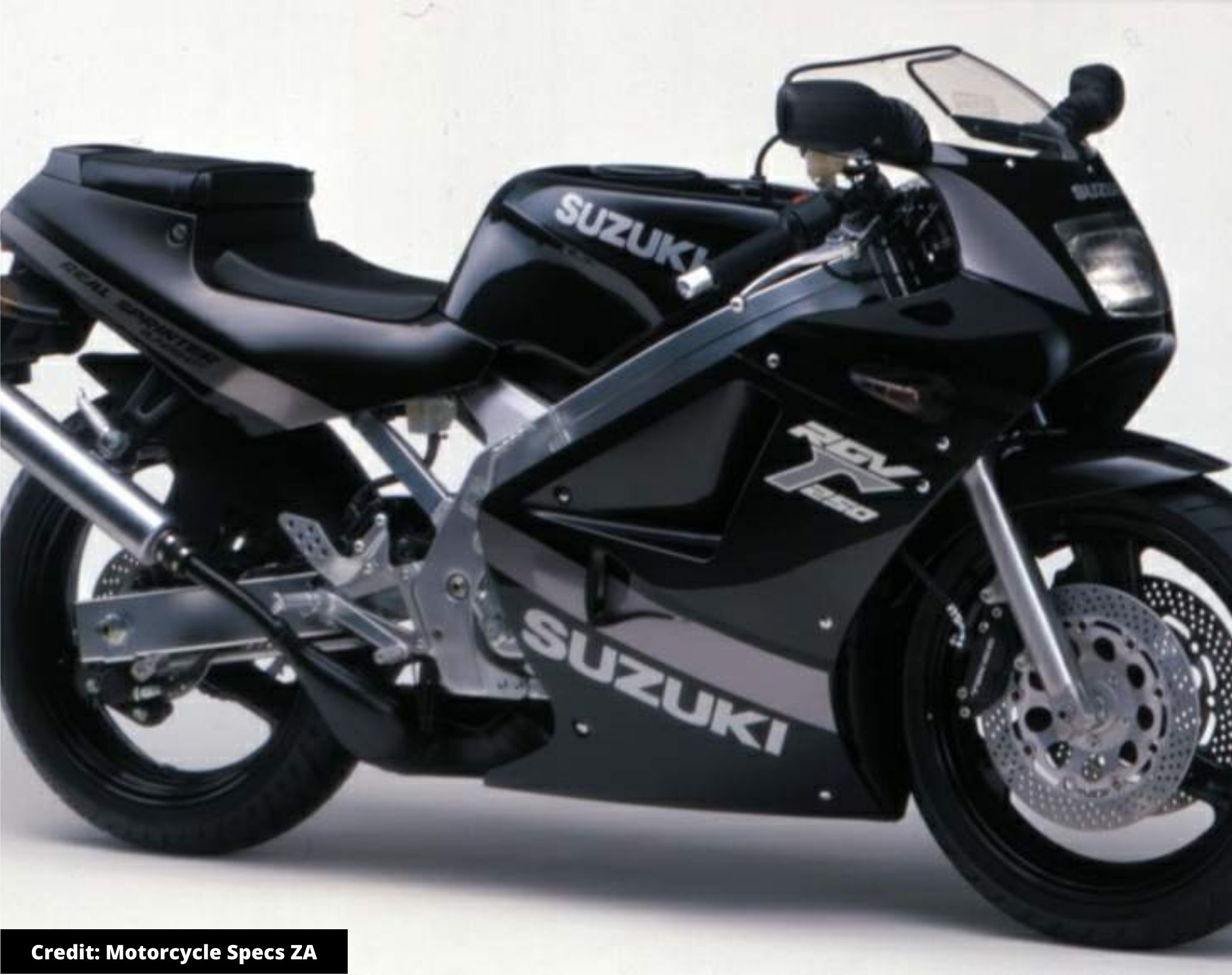
With so little bike to shift, the engine didn’t feel as peaky as the on-paper performance suggested, but the RGV still only truly came alive from 8,000rpm all the way to its 11,000rpm red line. Ride it like it was intended to be and the RGV was peerless when it came to switchback country roads and its 130mph top speed made it a hoot on track too. This kept the RGV250 in production for 10 years and guaranteed its place among the greats from Suzuki.
Just as the RGV was being phased out, Suzuki introduced two of its most memorable bikes. The first was the TL1000R, which even by Suzuki’s reputation for slightly wild bikes was deemed a bit too on the edge by many. This wasn’t down to the 135bhp V-twin engine or Suzuki’s desire to come up with a Ducati beater, but the rotary damper used for the rear suspension. A clever idea in principle, it just didn’t work on bumpy roads. Even today, many riders give the TL a wide berth, yet simple fixes sorted the suspension and turned it into a brilliant alternative to the Honda Firestorm.
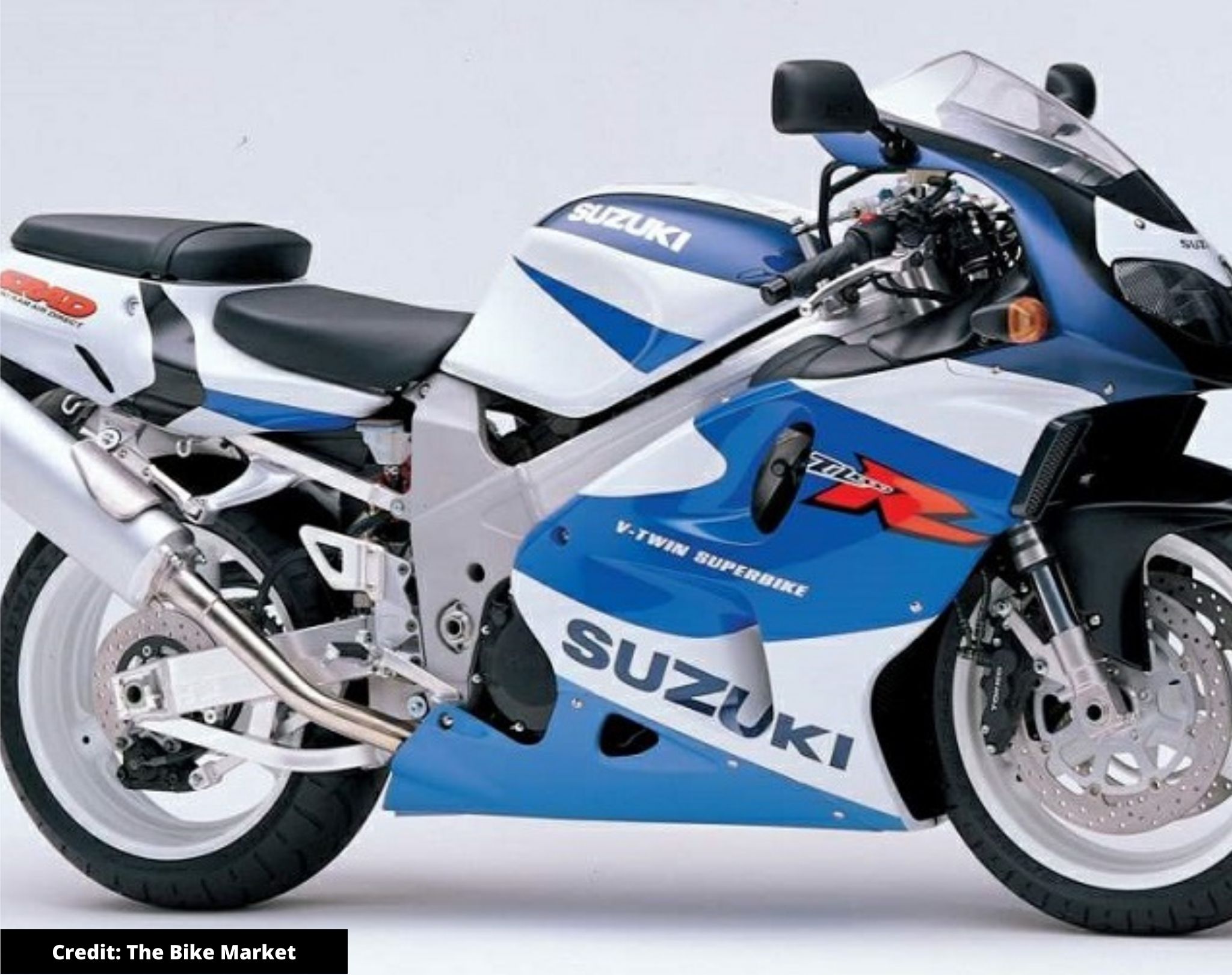
Undeterred by any of this, Suzuki then went on to launch the Hayabusa in 1999 and, at a stroke, all other production motorcycles appeared slow by comparison. Designed to go fast and little else, the Hayabusa fulfilled its promise while notionally sticking to the 186mph top speed limit agreed by Japanese bike manufacturers. On the road and in the real world, the ‘busa was tapping on towards 200mph and it didn’t take much fettling by owners to beat that.
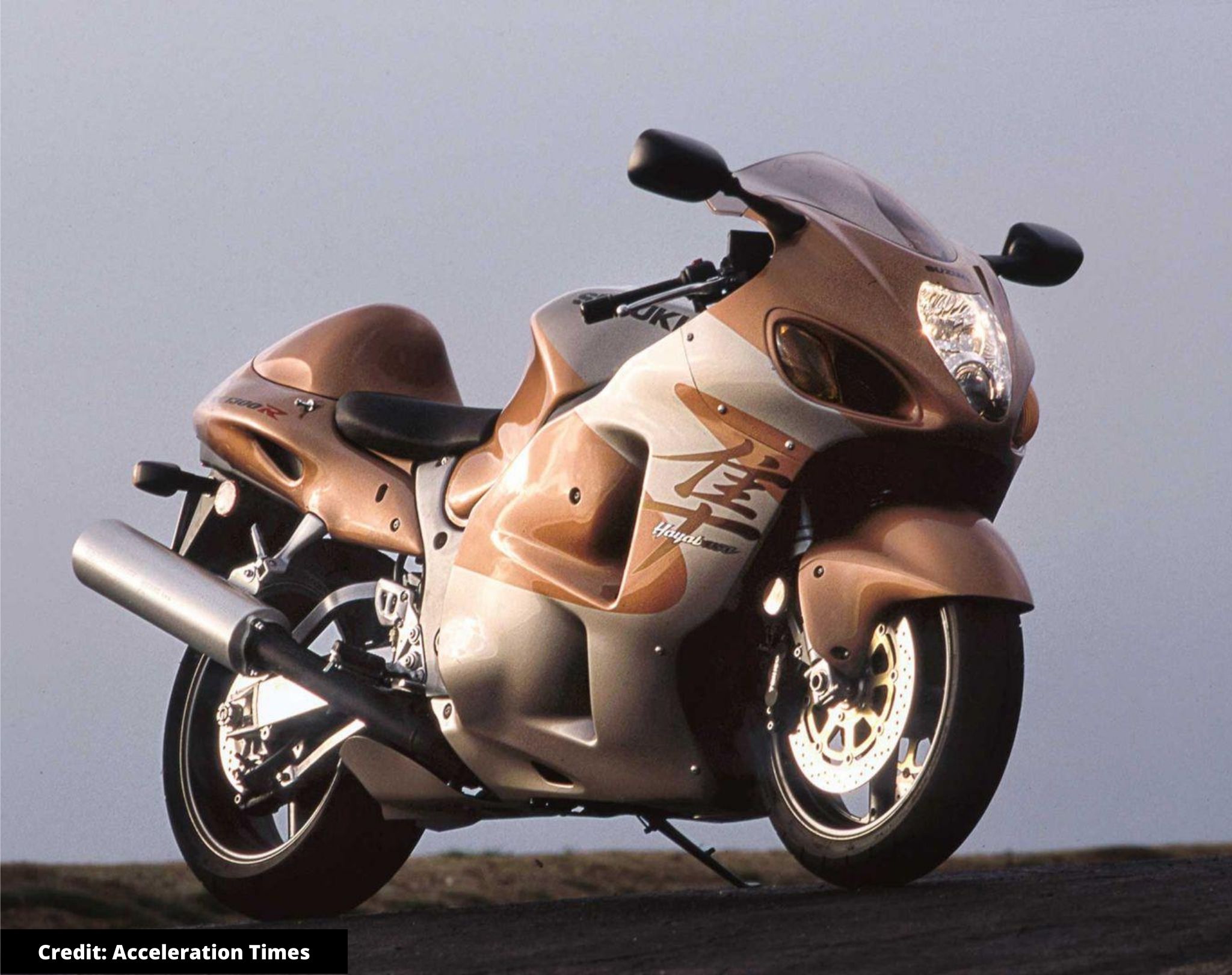
The Hayabusa became the fastest production bike ever made at its launch and everyone wanted one. They still do and, even though Suzuki offers a new generation of Hayabusa, the original is one to have and hold on to.
Which motorcycle from Suzuki do you think is the most memorable? We'd love to hear your thoughts in the comments below!
How about the RV125 Van Van? Go anywhere do anything virtually indestructible. From the beach to the mountains. Long production run starting as a 90cc two stroke answer to Honda Monkey bike finishing with 200cc option in some markets. Killed off by EU legislation in Europe.
Sagabike, 02/03/2024
My best memories of suzuku motorcycles was the 1970s gt 750 water-cooled ( the kettle ) a great looking machine and a lovely sound from the three pots when ticking over. I owned two of these bikes over the years. They were good for about 115 mph, but the looks you got when you pulled up anywhere was unbelievable People flocked around the bike in the early 70s. All the old boys could not belive what they saw. But the best bit was the stories they told me about the 50s60s when they were riding Bonnie's and beeper,s, nortons etc etc. Great days and memories. But the kettle will always be my choice of the great suzuki mark.
Jimmer, 02/03/2024

Hi, I had a mk 1year 2000. It was great just endless power, you could be in six gear at 30mph. Open the throttle and hang on. The only small set back was going round tight bends. Technique was too lay on the tank. I've had three Ducatis since, but I still have a soft spot for the Hyerbuser. Many thanks. Mike
Busyman, 02/03/2024